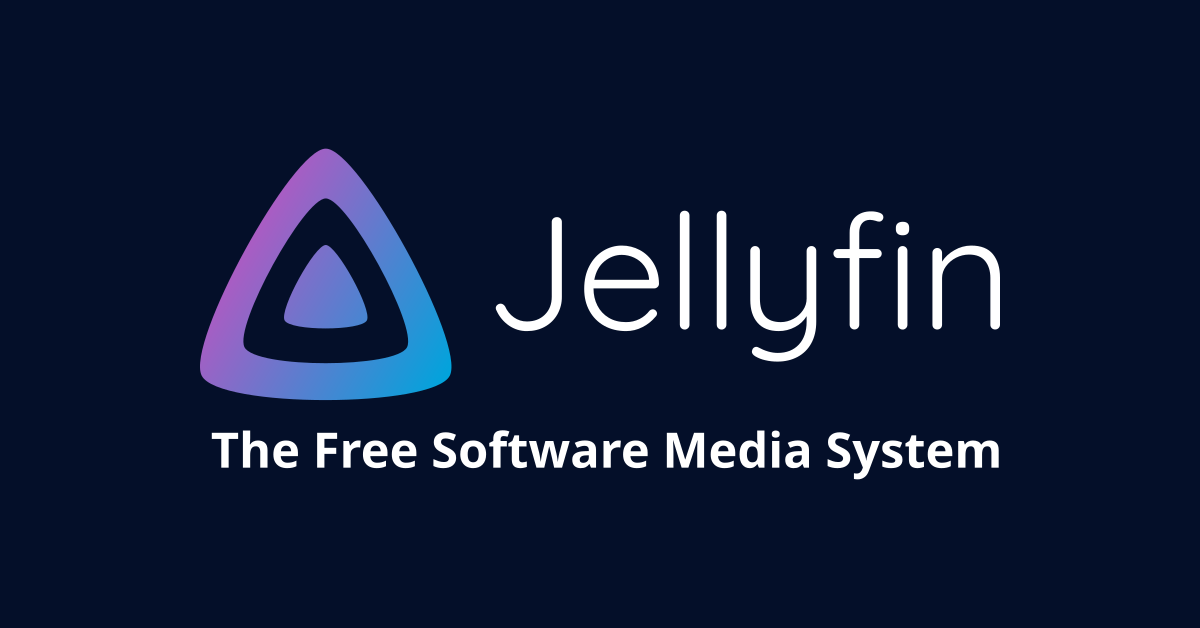Jellyfin On Raspberry Pi 4 Docker Container

Introduction¤
Jellyfin is a Free Software Media System that puts you in control of managing and streaming your media. It is an alternative to the proprietary Emby and Plex, to provide media from a dedicated server to end-user devices via multiple apps. Jellyfin is descended from Emby's 3.5.2 release and ported to the .NET Core framework to enable full cross-platform support. There are no strings attached, no premium licenses or features, and no hidden agendas: just a team who want to build something better and work together to achieve it.
Hardware Acceleration¤
OpenMAX (Raspberry Pi)¤
Hardware acceleration users for Raspberry Pi MMAL/OpenMAX will need to mount their /dev/vcsm and /dev/vchiq video devices inside of the container and their system OpenMax libs by passing the following options when running or creating the container:
--device=/dev/vcsm:/dev/vcsm
--device=/dev/vchiq:/dev/vchiq
-v /opt/vc/lib:/opt/vc/lib
V4L2 (Raspberry Pi)¤
Hardware acceleration users for Raspberry Pi V4L2 will need to mount their /dev/video1X devices inside of the container by passing the following options when running or creating the container:
--device=/dev/video10:/dev/video10
--device=/dev/video11:/dev/video11
--device=/dev/video12:/dev/video12
Installation¤
Method 1 (Auto,Not Recommended):¤
- Run the following script
wget -qO- https://raw.githubusercontent.com/akkupy/Homelab/main/scripts/install_jellyfin.sh | bash
This will preserve any persistent data under /jellyfin of User Directory, you can adapt the path to whatever suits you.
NOTE: Inside jellyfin folder,there will be 2 folders 'movies' and 'tvseries',where you can add the movies and series.
Method 2 (Manual,Recommended):¤
-
Folder Setup Script
-
First thing we need to do is setup the folder structure.
Run the following code
sudo mkdir -p /home/$USER/jellyfin
- Now we need to move into that directory using the following:
cd /home/$USER/jellyfin
Run the following code
sudo mkdir -p /home/$USER/jellyfin/config
nano docker-compose.yml
NOTE : Change the TimeZone and Conflicting ports according to your needs.
IMPORTANT NOTE:Point the path to tvseries and movies according to your needs(External Drive is Recommended).
See example below: Docker-compose example:
version: "2.1"
services:
jellyfin:
image: lscr.io/linuxserver/jellyfin:latest
container_name: jellyfin
environment:
- PUID=1000
- PGID=1000
- TZ=Europe/London
- JELLYFIN_PublishedServerUrl=192.168.0.5 #optional
volumes:
- /home/$USER/jellyfin/config:/config
- /path/to/tvseries:/data/tvshows
- /path/to/movies:/data/movies
ports:
- 8096:8096
- 8920:8920 #optional
- 7359:7359/udp #optional
- 1900:1900/udp #optional
restart: unless-stopped
- To deploy the dockers run the following command:
sudo docker-compose up -d
This will take some time to finish.
- Once complete you can check that the docker containers exist by typing the following:
sudo docker ps
Or you can check in Portainer by logging in via your browser and navigating to “Containers“.
If you see any problems like “unhealthy” Please restart the container and all should be well.
Post Installation¤
Webui can be found at http://
(Optional): Configure Reverse Proxy using the documentation here
Follow the on-screen setup.
Movies placed in movies folder and tv-series placed in tvseries folder can be found in the home page.
More information can be found on the official documentation here.